Chile: give Humboldt penguins the protection they need!
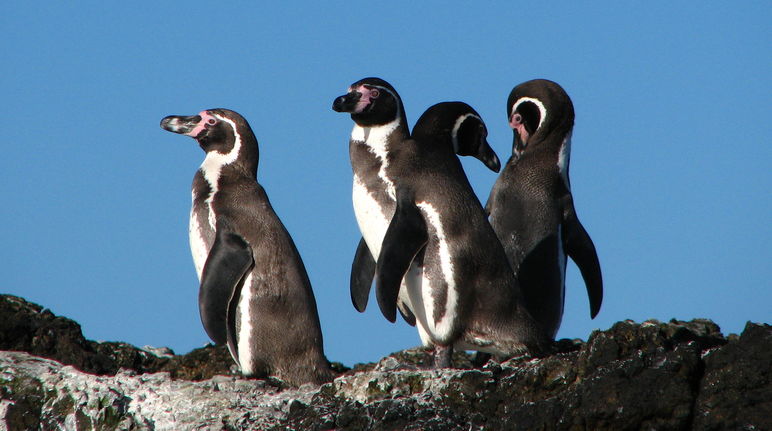 Several thousand pairs of the vulnerable Humboldt penguins breed in Chile’s La Higuera/Isla Chañaral region (© Stefan Görlitz / Sphenisco)
Several thousand pairs of the vulnerable Humboldt penguins breed in Chile’s La Higuera/Isla Chañaral region (© Stefan Görlitz / Sphenisco)
The breeding area of the Humboldt penguins off the northern Chilean coast is a “hope spot” for life on earth. But as in the past, port and mining projects are once again threatening the vulnerable penguins. Chilean environmentalists are calling for the birds’ habitat to be placed under strict protection.
News and updates Call to actionTo: President Sebastián Piñera
“Put the habitat of the Humboldt penguins under strict protection and apply to have La Higuera/Isla Chañaral listed as a UNESCO World Heritage Site.”
The La Higuera-Isla Chañaral marine region has been recognized as one of the planet’s 35 biodiversity hotspots. Whales and dolphins cavort off the Chilean coast. Rare Humboldt penguins raise their offspring on the islands: Around 80 percent of the world’s Humboldt penguins live and breed there.
For more than 20 years, industrial projects such as coal power plants, mines and harbors have threatened the abundant marine life.
The Dominga mining and port project was rejected by a previous regional government and the Council of Ministers but was recently approved in a questionable vote by the current regional government of Coquimbo.
The Cruz Grande port of the Compañía Minera del Pacífico S.A. (CMP) mining company was already approved in 2015. However, CMP did not begin construction of the port facility within five years and thus allowed the permit to lapse. The environmental authorities nevertheless refuse to confirm the expiration of the permit.
We demand that the marine region of La Higuera-Isla Chañaral finally be placed under strict protection and that this maritime paradise be declared a UNESCO World Heritage Site.
Please help with your signature.
BackgroundHumboldt Archipelago in northern Chile – protection decided, but NOT implemented
The marine area off the Chilean coast is incredibly biodiverse because of the cold upwelling waters of the Humboldt current. In the north of the country lies the Humboldt Archipelago, which the Mission Blue Foundation has declared a “Hope Spot” – a place of hope for life on the planet.
Hope Spot
The unique and irreplaceable ecosystem is considered a priority for global conservation by international science. The special importance results from the unusual oceanic conditions of a continuous upwelling in the sea, which distinguishes this region from other areas of the country.
- Cold water rises to the surface there, carrying nutrients that promote the growth and development of large quantities of plankton and phytoplankton.
- The topography, consisting of numerous islands and islets, favors the life of larvae and the stages of their development.
- The prevailing south-north currents and winds cause the larvae to disperse. Larvae are also transported here from areas further south and retained because of the unique marine conditions.
The result is a habitat for some 25 species of seabirds, nine of which are endemic, marine mammals such as the endangered sea otter (Lontra felina), the bottlenose dolphin (Tursiops truncatus) and eleven whale species. 80 percent of the world population of the Humboldt penguin (Spheniscus humboldti), which is classified as “vulnerable” by the International Union for Conservation of Nature (IUCN), also lives here.
The marine region is also one of the most productive in the country in terms of fisheries, with many bottom-dwelling marine animals. The areas are used and maintained by artisanal fishermen and divers.
Danger from mining and port projects
The Dominga mining and port project was rejected by the Coquimbo regional government and the Council of Ministers but was recently approved in a questionable vote by the current regional government. The Cruz Grande port of the Compañía Minera del Pacífico S.A. (CMP) mining company was already approved in 2015. CMP did not begin construction of the port facility within five years, and the permit has since lapsed. However, the environmental authorities refuse to confirm the expiration of the permit.
In August 2021, articles on the website Voceríal virtual and other Chilean media revealed that the Dominga mining project appears to be a major fraud. The company Andes Iron states on its website that it wants to produce high quality and competitive products and puts the investment costs at 2.5 billion dollars. However, the geologist Mario Rojo Lara examined the mine’s iron ore and copper content and found that it does not meet the requirements of international markets. To attract investors, the information on the project’s capital requirements is also understated: “The Dominga mine is pure speculation. It is not genuine mining.” (sphenisco.org)
Protection of the Humboldt Archipelago
Two small marine reserves (Reserva Marina Islas Choros y Damas and Reserva Marina Isla Chañaral) and the national Humboldt penguin reserve (Reserva Nacional Pingüino de Humboldt) only provide a one-kilometer buffer around the breeding penguins’ islands. The islands provide habitat to around 4,000 breeding pairs. Marine areas are only selectively protected and are not even remotely adequate for the Humboldt penguins and other marine animals. A comprehensive protection zone is urgently needed.
The environmental protection organization Oceana applied in 2010 to place the Humboldt Archipelago under extensive protection to preserve endangered species and to maintain the wealth of the sea for local communities and visitors. The coastal inhabitants include indigenous Chango peoples, whose livelihoods depend on the sea.
It is high time to issue the required decree to establish the “Humboldt Archipelago protection zone with multiple uses (Área Protegida Marina Costera de Usos Múltiples)” with an area of 3,423 square kilometers and 294 kilometers of coastline. In doing so, Chile would be working toward its January 2021 pledge to place 30 percent of its marine and terrestrial area under protection by 2030.
Our demand: realization and sustainable design of the protection zone
The coastal area for the “protection zone with multiple uses” (AMCP-MU) is characterized by biological diversity and artisanal fishing. The official declaration on the protection zone should aim to achieve two goals:
- To preserve the diversity of special and endangered species, their habitats, feeding and reproduction areas, even more so since 60-80 percent of the species are endemic.
- The promotion of sustainable economic activities, which are already practiced today. This includes strengthening artisanal fishing and seafood harvesting, as well as ecotourism. All these activities are the basis of the livelihood of local people.
Reasons
- Many endangered species live in the area. These include sea otters (Lontra felina), shrimp petrels (Pelecanoides garnotii), guano boobies (sula variegata), least terns (Sternula albifrons), and the Humboldt penguin (Spheniscus humboldti). It is also home to more than eleven species of cetaceans, such as blue whales (Balaenoptera musculus) and fin whales (Balaenoptera physalus), as well as numerous endemic species in the sea and on land.
- The fisheries in this region are the most productive in northern and central Chile.
- The region is of great tourist interest. According to Chilean authorities, around 100,000 tourists visited the area before the pandemic. This industry contributes to the livelihood of many families. The AMCP-MU would thus allow for very different sustainable activities that promote, rather than discourage, community economic development.
- Chile has committed to protect 10 percent of its marine areas under the Convention on Biological Diversity (CBD). In January 2021, Chile and around 50 other countries pledged to place 30 percent of their marine and terrestrial area under protection by 2030.
For more than 20 years, authorities, fisheries, local environmental organizations, scientists and NGOs have been working to protect this area. More than 357,000 people around the world supported the past Rainforest Rescue petition to protect the Humboldt penguins and the archipelago.
The “Humboldt Archipelago protection zone with multiple uses” (AMCP-MU) can prevent this unique ecosystem from being irreversibly damaged by economic activities that are incompatible with the protection of biodiversity and sustainable fishing.
To: President Sebastián Piñera
Dear Mr. President,
People from all over the world call on you to prevent the “Minero port Dominga” and “Puerto Cruz Grande” mega-projects because they pose a serious threat to the Humboldt Archipelago.
Both projects were approved even though Chilean and international scientists have repeatedly pointed out the need to protect this region because of its global importance for biodiversity. Around 4,000 breeding pairs of the Humboldt penguin live in this marine area. The “Reserva Nacional Pingüino de Humboldt” is home to around 80 percent of the global population of this species, which is classed as vulnerable on the Red List of the International Union for Conservation of Nature.
Nevertheless, mega-projects have threatened this unique ecosystem again and again over the past 20 years. Industrial ports would also cause dolphins and whales to lose their hunting grounds, and many marine animals would be severely disturbed by shipping traffic and water pollution. Coastal residents would lose their livelihoods from fishing, seafood harvesting and tourism.
In 2010, during your first term in office, you prevented the Barrancones project – the construction of coal-fired power plants – and pledged to protect the Humboldt Archipelago.
In 2017, the Council of Ministers for Sustainability decided unanimously to preserve this coastal and marine region of high international importance and to set up a “protection zone with multiple uses” (AMCP-MU). However, since the necessary regulation was not issued, the marine region remained unprotected.
Chile has made commitments in several international agreements to address climate change and the loss of biodiversity: Along with 50 other countries, Chile set itself the goal of protecting 30 percent of its marine and land areas by 2030. The approvals of the two projects stand in stark contrast to the commitments you made, to your 2010 personal pledge, and to your statements that the climate crisis is a major challenge for countries and individuals to “change the course of history and avoid a scorched planet”.
The permits of “Minero port Dominga” and “Puerto Cruz Grande” contain recurring errors: serious concerns of the regional authorities for fisheries and for protected areas were ignored. The decision was made according to the criteria of central services. The existence of protected areas (Choros and Damas Islands, Chañaral Island and the Pingüino de Humboldt National Reserve) was not taken into account.
The Coquimbo regional government and the Council of Ministers have rejected the “Dominga” mining project with a port in Totoralillo Norte. Andes Iron’s lawsuits against these decisions have occupied the courts for years.
Are you determined to go through with projects that cause ecological damage?
Mr. President, you stressed in Paris that we must avoid ecocide. To this end, we call on you to stop the “Dominga” and “Cruz Grande” projects and sign the decree proposed in 2010 for the creation of the AMCP-MU Archipielago Humboldt coastal protection area.
Yours faithfully,
Thank you to everyone who signed the petition to protect the Humboldt penguins – the Humboldt Archipelago is now a Marine Protected Area!
- After long disputes and court cases, the decision was made in August 2023. The Council of Ministers for Sustainability decided to make the Humboldt Archipelago a “multi-use marine protected area”. While this greatly improves its protection, it is not as strict as we would like.
The Humboldt Archipelago in the Coquimbo region of northern Chile is a world-class ecosystem and the livelihood of many people in coastal villages. Islands, marine areas and the Humboldt Penguin National Reserve, which were already under protection, will retain their higher conservation status.
Fishing and tourism will still be allowed. Industrial projects, shipping traffic, anchoring of ships and desalination plants are explicitly not prohibited.
For this partial success, the Alianza Humboldt Coquimbo Atacama would like to thank the 357,264 interested individuals, scientists and conservationists from 191 countries around the world who signed petitions to protect the Humboldt penguin’s habitat. “This support has strengthened us in a time of powerlessness in the face of Andes Iron’s continued manipulation and intimidation.”
Andes Iron’s controversial Dominga mining and port project
The project has been threatening the habitat of many endangered species for years, including the Humboldt penguins.
- On January 18, 2023, the Committee of Ministers (Environment, Agriculture, Economy, Energy, Mining and Health) of President Gabriel Boric’s government unanimously rejected the Dominga project. In doing so, the Committee of Ministers accepted the opinions of government agencies es as well as the demands and objections of citizens’ and environmental organizations.
In response, Andes Iron threatened lawsuits and intimidation. Environmentalists also prepared a case for the Corte Suprema in Santiago.
The Dominga mining and port project had already been rejected in 2017, both at the regional level and by the Committee of Ministers during the administration of President Michelle Bachelet. Andes Iron appealed the decision at the time. After two appeals to the Environmental Court and the Supreme Court, the Corte Suprema referred the decision to the Committee of Ministers. The Committee of Ministers also rejected the project.
Chile upgrades protection of the Humboldt Archipelago
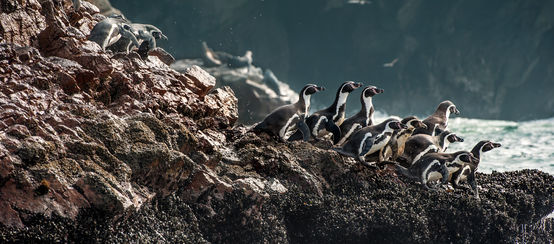
According to a decision by the Chilean Council of Ministers for Sustainability, the Humboldt Archipelago is now a marine protected area. This is a significant step forward in environmental policy for this biodiversity hotspot.



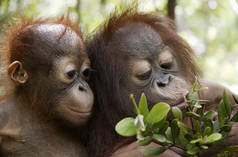

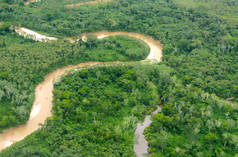
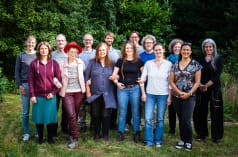

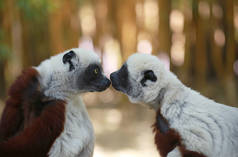
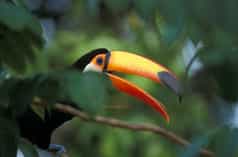

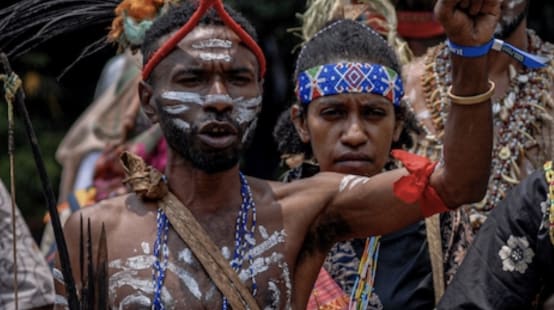
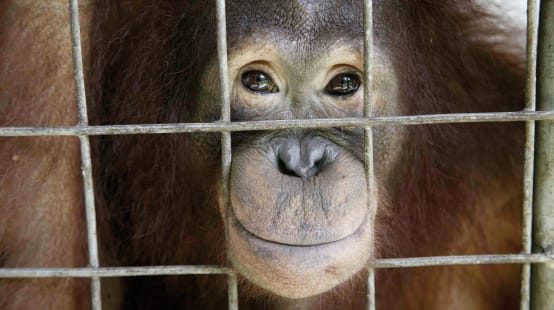
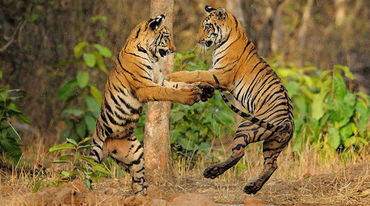 Recent successes
Recent successes